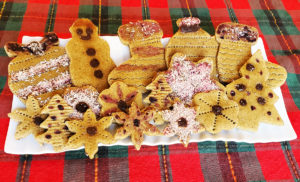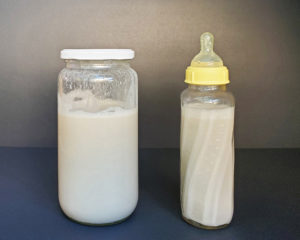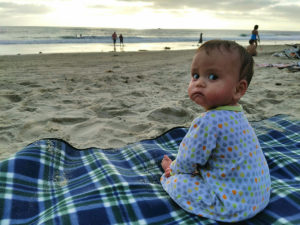
Recipes
Allergy-Friendly Christmas Cookie Recipe
Christmas time is filled with traditions and quality family time that revolves around food. For those with multiple food allergies, it can be a tough

Christmas time is filled with traditions and quality family time that revolves around food. For those with multiple food allergies, it can be a tough

Every new mom has high hopes of breastfeeding their infant. We know that breast milk is best for our little ones and as moms we

Part 3 – God Promises to Heal My Son My whole life, I had been taught that God leads doctors to provide you the best

Part 2 – Conventional Medicine Before Lucas was born, I had been on my own health journey. I was raised vegetarian my whole life. Due